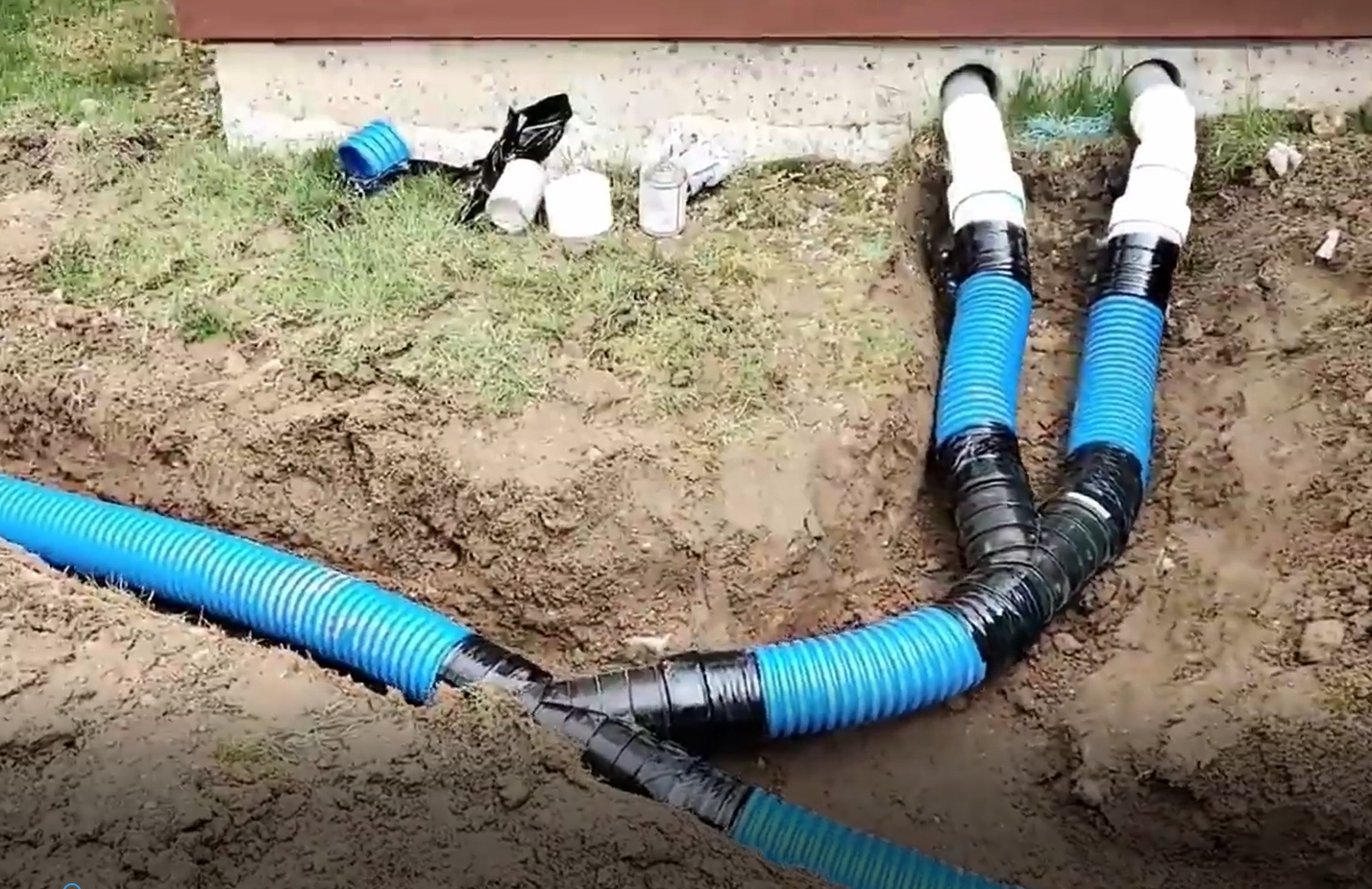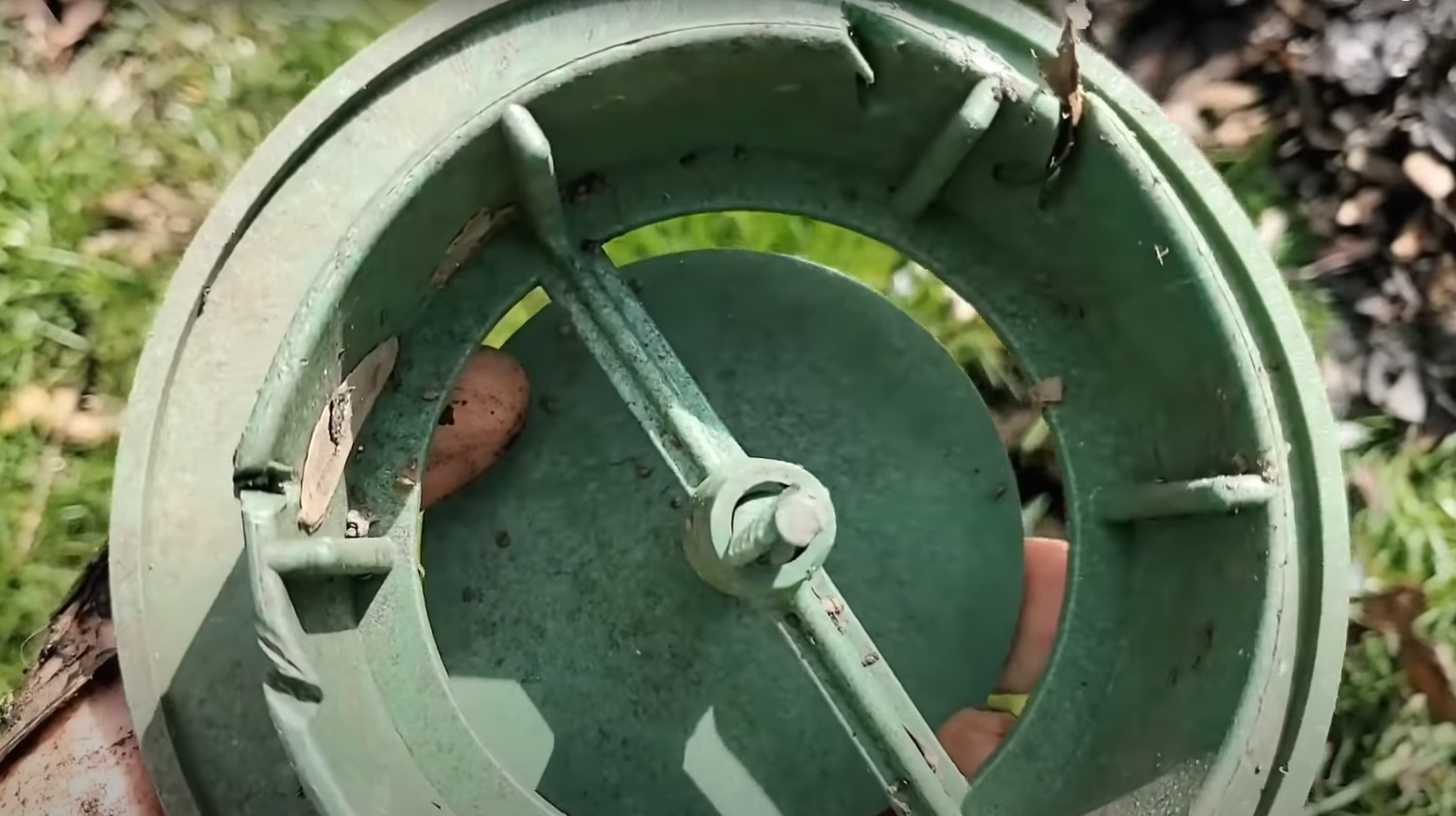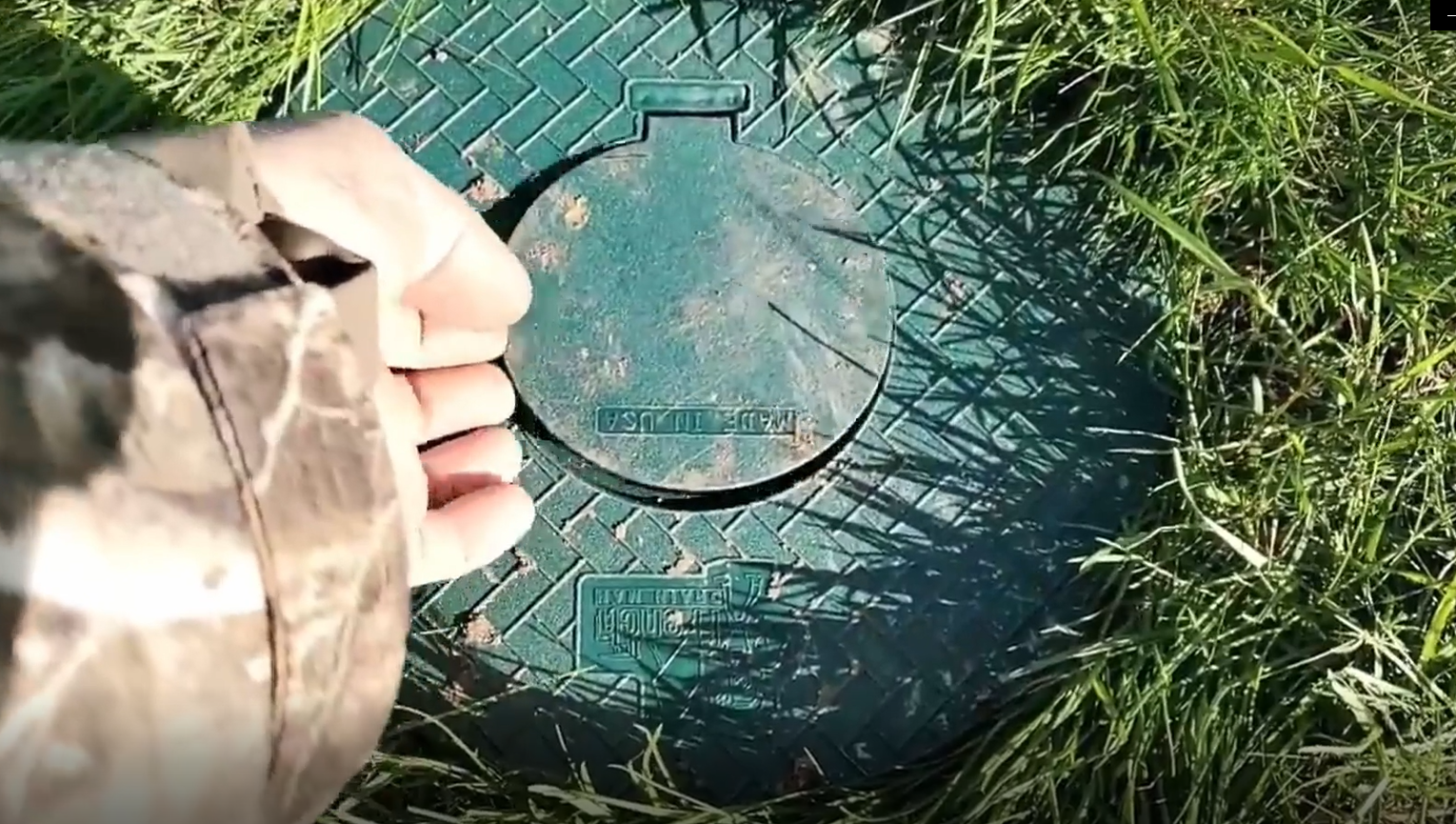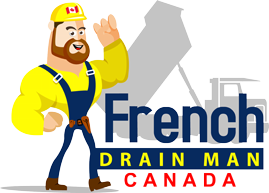How to Bury Downspouts: 5 Tips from the Pros
Starting a new project around your house and yard can be daunting, especially when it’s for something as important as setting up your yard drainage system properly. Here at French Drain Man, we have over 35 years of experience in the drainage industry and we’re going to show you how to bury downspouts by providing 5 tips for success.
Bury Downspouts Far Away from the House
Never just run your buried downspout 10 feet away from the house. Big box stores sell pieces that are 10 feet in length, and that can be very misleading for consumers. Instead, get the water far away from your house.
The farther your buried downspout is from your home, typically, the more fall you’re going to get. That means that you’re going to empty the downspout line and it’s not going to hold a lot of water. Closer to the house, the ground is really flat, and the downspout line is going to stay full of water. If you can get the line out far enough, you will empty the entire drainage system. When winter comes, there is no water in the line to freeze up.
If you live in a Sun Belt region, you don’t want it full of water because it’s just going to end up giving off a pungent odour. Stale, stagnant water that sits during hot weather just ends up giving off a strong odour. For example, earthworms find their way into these pop-ups when they’re full of water and that smells bad. So, bury your downspouts far away from the house so that they don’t hold water.
Always Use a Wye Fitting to Keep Water Running Freely
Always use a WYE fitting when merging two drain lines together. Never use a T-fitting. With a T-fitting, the water just slams to a stop. You want to keep water flowing freely. Notice all the Wye fittings that we’re using here in this downspout system.

I can’t emphasize this enough. Keep the water flowing freely through the buried downspout by using a Wye fitting. I want to show you all the Wye’s that we are using just so that you see what the pros are doing to keep the water flowing and keep the velocity up.
How to Bury Downspouts with Catch Basins that Are Accessible
Always make sure that you build your roof runoff system so that in the event it needs service, it’s accessible. Our inline catch basin is super easy to run a garden hose, a camera, or a jetter through if there’s ever an issue. When you build an underground downspout system, you’ll kick yourself later if you can’t access that main drainage line. You want to bring serviceability and convenience to your drainage so that under any circumstances, you haven’t painted yourself into a corner.
These inline catch basins are especially important if you have a shingled roof. Shingle gravel is going to come down the downspout. Then within the first 10 feet, that shingle gravel is going to start to slow down. When the water’s pushing on the drain pipe, you can push the shingle gravel down into a catch basin. That’s why we install these inline catch basins.
Choose a Pop-Up That Allows Easy Access for Maintenance
I can’t emphasize enough how bad those pop-ups are that have a bar going across them because they won’t let the leaves come out during the hard rains. During the torrential rains, when the radar Doppler is showing red, orange, and yellow, leaves and debris get blown clean out of the line. Our pop-up has this big door, and it lets everything out. Notice how this pop-up doesn’t.

These pop-ups don’t allow easy access for maintenance.This pop-up design has been a failed experiment for over 30 years. A cheap pop-up like this is going to clog your line. You’re going to end up with a flooded basement or crawl space and it’s going to end up causing you a lot of headaches.
Here at French Drain Man, we have the answer.
Our pop-up was designed to be super easy to get your hand inside. Now, you can go ahead and grab leaves, sticks, pinecones, or anything that floats out of it. Also, it has this big plate around it. The grass can grow up on the plate instead of growing over the discharge line. We’re not having any issues with lawnmowers cutting these plates off. It’s a big enough lid.

Water has no problem floating through our pop-up during torrential rain events. Under low-volume rains, we have two ports for the water to come out underneath the plate. Literally, it’s a dry well. When this gets super saturated, you can see some water start to swell up. But again, we have two ports, right under the hinge for the water under low volumes. Then, when your downspout is moving a lot of water because of torrential rain it’s not going to have a problem keeping up. You can put four downspouts on one pop-up if that’s what you want to do.
Use a Soak Away Design for Pop-Up Drains and Catch Basins
Use a soak away design to prevent water from sitting in your buried downspout. Standing water in your pop-up or catch basin invites tree roots, pungent odours, and mosquito hatcheries. You want to design your buried downspouts to soak away any water that’s left behind after the rain event has been moved through the drainage system.
To do this:
Take filter fabric, used as a soil separator, and put it between the soil itself and the pop up.
Then pour the pea stone on the fabric, around the pop up, and on the outside of the pop up. The catch basin and the pop up are done exactly the same way.
At the very end of the line, where water sits at the lowest point of your underground roof runoff system, is where you install your pop-up.
Lastly, I would recommend just cutting the turf off the turf restrictor plate to reset the clock once a year. If you’re responsible about maintaining your roof runoff, you will not end up with flooded basements and flooded crawl spaces.
